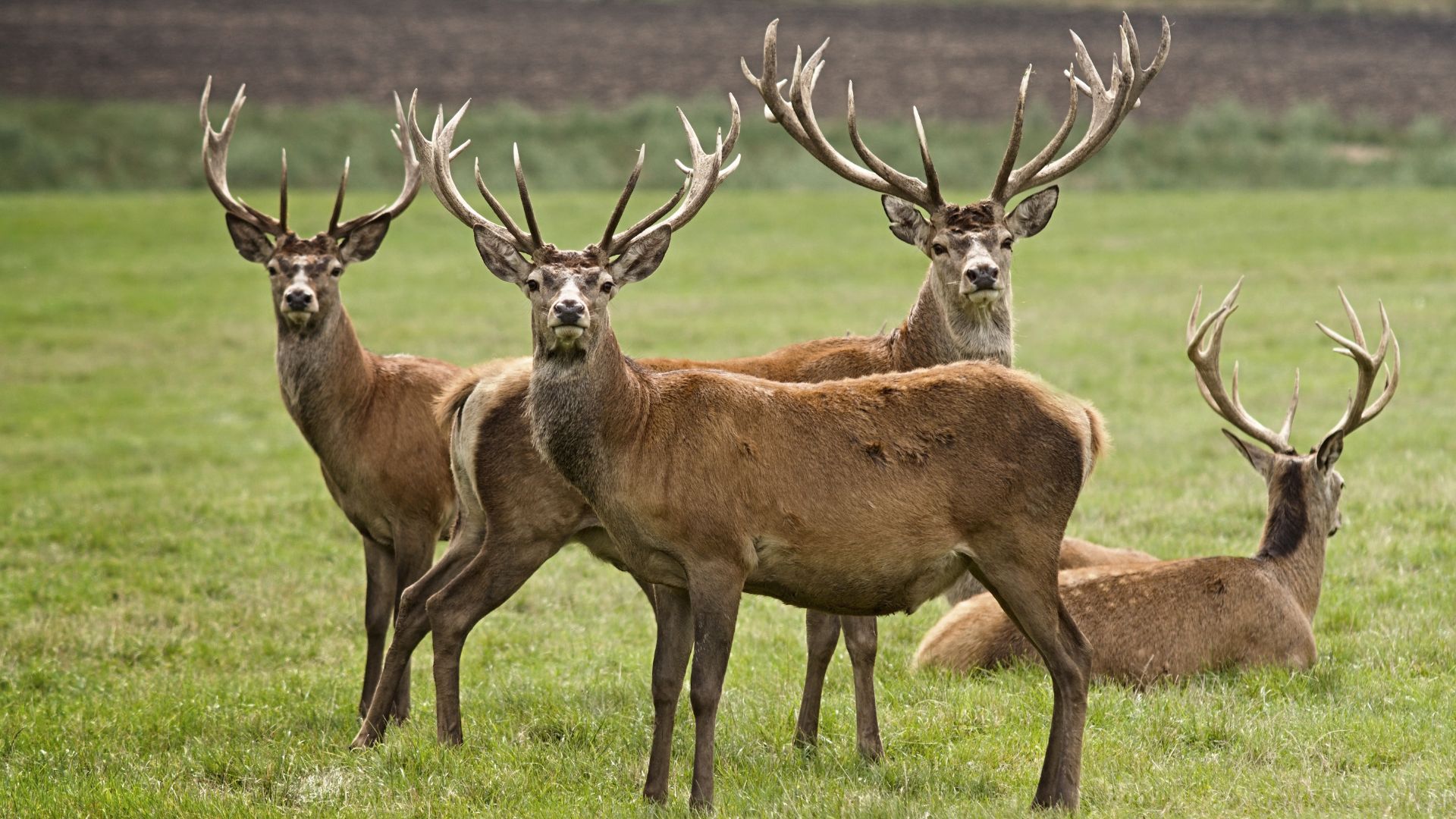THE TASTE OF WILD GAME

Many states in the U.S. are starting their fall hunting season. Game is wild animals and birds. Did you know that meat labeled “venison” can be meat from antelope, caribou, deer, elk, moose, and pronghorn?
The University of Wyoming Extension wants to remind consumers that many types of wild game are sources of lean protein and nutrients that can be part of a healthy eating plan. Game meat is typically lower in calories and saturated fat than domestic meat. Regarding nutritional value, wild game meats are an excellent source of protein, B vitamins, essential amino acids, and minerals such as zinc and iron, which are important for maintaining good health. Embracing wild game’s distinct flavors and textures provides the opportunity for diverse culinary adventures.
The animal’s age, diet, and the time of year it was harvested affect wild game meat quality. Game animals lead active lives. As a result, game meat is often leaner and drier than domesticated meat. Because of this, wild game meats may also be less tender.
Simple, less complicated recipes are easier. Sparingly use sauces, spices, stocks, and seasonings to enhance, not overpower, the game.
Strong flavors are more generally pronounced in the fat of game species. Trim away fat before cooking if this is not done. Wild game fat quickly becomes rancid, contributing to the strong “game” flavor.
Add other fats to keep game meat from becoming too dry. Rub or baste meat with additional butter or margarine, bacon fat, beef suet, cooking oils, salt pork, or sweet or sour cream to add moisture and flavor. Wrapping game meat with bacon is another time-honored trick.
Use recipes with herbs, spices, and aromatics. Try using rosemary, sage, thyme, garlic, onion, bay leaves, and juniper berries.
Marinades can tenderize tough muscle fibers in meat, making it easier to eat, more flavorful, and less likely to dry out while cooking.
For maximum tenderness, most game meat should be cooked slowly on low heat, and tender meat will be succulent if you cook it for a short time on high heat.
After cooking, let the meat rest for a few minutes. This allows juices to be redistributed, ensuring a juicy and flavorful bite of meat.
Serve game meat piping hot or very cold to avoid fat clinging to the mouth and the greasy taste.
Wild game, birds, and fish must be handled carefully in the kitchen. To reduce the risk of foodborne illness, follow these food safety rules:
■ Wash your hands with soap and water for at least 20 seconds before working with food.
■ Thaw in a refrigerator at 40°F or lower on the lowest shelf to avoid dripping juices.
■ After cleaning with hot, soapy water and rinsing, sanitize with a solution of 1 teaspoon of chlorine bleach per gallon of water. When done, allow the items to air-dry.
■ Before adding marinade to the raw meat, set some aside for basting or sauce. Do not reuse marinade that has been in contact with meat. Marinate meat in the refrigerator.
■ Never brown or partially cook game meat to refrigerate and finish cooking later because any bacteria present would not have been destroyed.
■ For safety, cook game meats to an internal temperature of 160°F and game birds to an internal temperature of at least 165°F.
■ Promptly refrigerate leftover cooked meat in shallow pans. Use leftovers within four days.
With its high nutritional value, rich and intense flavor, cooking wild game meat is an enjoyable way to expand your culinary horizons.
(Sources: andrewzimmern.com; www.atcoblueflamekitchen.com; extension.umn.edu; www.montana.edu; www.ndsu.edu; uwyoextension.org/uwnutrition)
The University of Wyoming and the United States Department of Agriculture cooperate.
The University is an equal opportunity/affirmative action institution.






